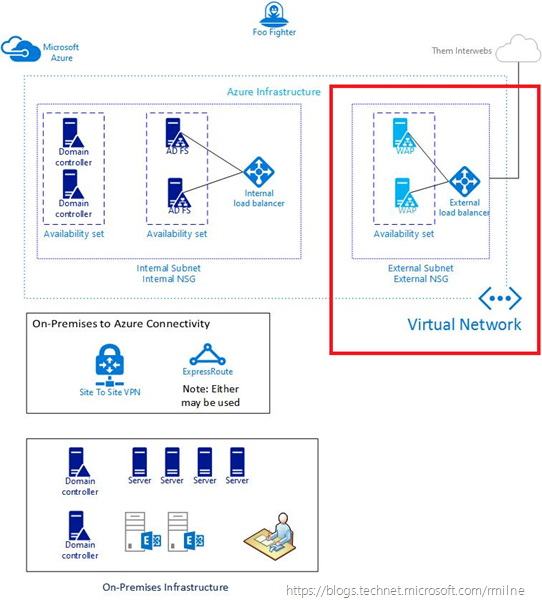Unable To Run Test-ActiveSyncConnectivity – Error Code 1
The below is an error which an Exchange administrator brought up on an Exchange 2010 engagement. They were trying to use the Test-ActiveSyncConnectivity cmdlet to validate the Exchange infrastructure. However, the cmdlet was not working as expected. In the below image you can see that it starts to perform the test, and then errors out.
… Read the rest “Unable To Run Test-ActiveSyncConnectivity – Error Code 1”Test-ActiveSyncConnectivity -TrustAnySSLCertificate | Format-
